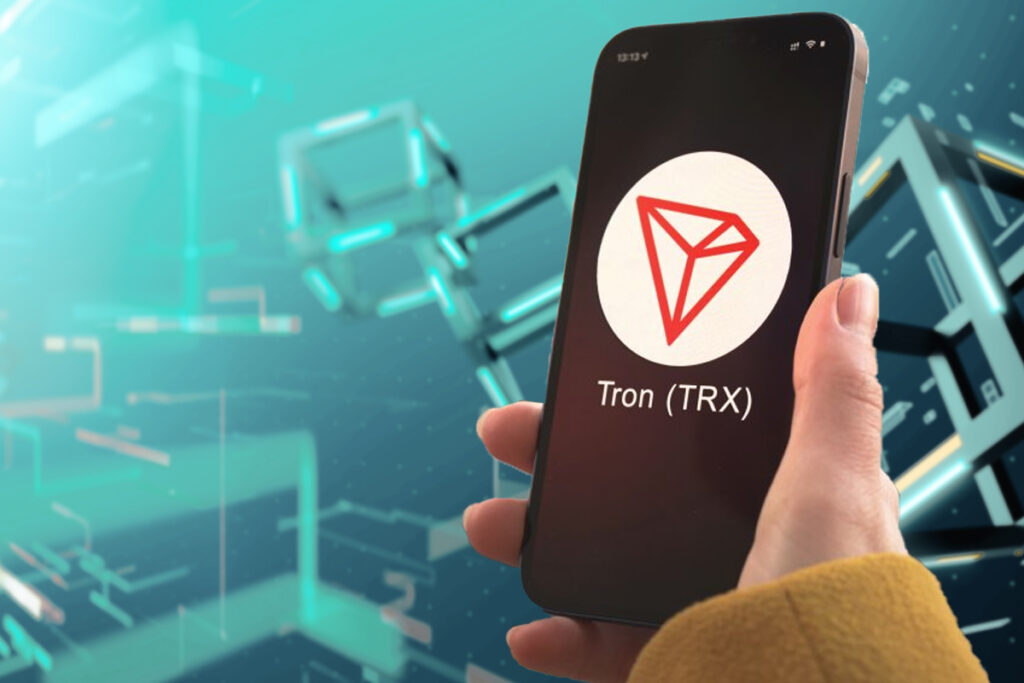TRON aims to achieve a genuinely decentralized Internet and its infrastructure through its ambitious undertaking. The TRON Protocol, recognized as one of the most extensive blockchain-based operating systems globally, provides robust public blockchain assistance for all Decentralized Applications (DApps) within the TRON ecosystem. This support ensures exceptional levels of throughput, scalability, and availability.
Tron Explained: Advanced Decentralized Blockchain Platform

Tron is a decentralized digital platform built on blockchain technology, offering its own cryptocurrency known as Tronix or TRX. Established in 2017 by the Tron Foundation, a non-profit organization based in Singapore, Tron’s primary objective is to create a global entertainment system that facilitates the affordable sharing of digital content.
By leveraging the blockchain and peer-to-peer (P2P) network technology, Tron eliminates intermediaries, enabling content creators to directly sell their work to consumers. Developers utilize the Solidity programming language to build applications hosted on the Tron platform.
Tronix (TRX) serves as the currency within the network, allowing users to pay content creators directly for accessing their applications. Notably, Tron does not charge transaction fees to content creators, making it a cost-effective solution. Additionally, TRX transactions on the platform are free.
Users have the option to store their crypto-assets in various wallets, including desktop, mobile, or hardware wallets.
Architecture

TRON employs a 3-layer architecture comprising the Storage Layer, Core Layer, and Application Layer. To support multiple languages, the TRON protocol utilizes Google Protobuf, which inherently facilitates language extension.
The Core Layer consists of various modules such as smart contracts, account management, and consensus. TRON implements a stack-based virtual machine with an optimized instruction set. Solidity is chosen as the smart contract language to better assist DApp developers, with plans for future support of advanced languages.
TRON’s consensus mechanism is based on Delegated Proof of Stake (DPoS), and numerous innovations have been made to meet its unique requirements.
TRON has developed a unique distributed storage protocol consisting of Block Storage and State Storage. The storage layer incorporates the concept of a graph database to accommodate diversified data storage needs in the real world. Developers have the flexibility to create a wide range of DApps and customized wallets on the TRON platform. The deployment and execution of smart contracts on TRON enable unlimited utility application opportunities.
The TRON protocol adheres to Google Protocol Buffers, a language-neutral and platform-neutral method of serializing structured data for various purposes, including communication protocols and data storage.
The TRON Virtual Machine (TVM) is a lightweight and Turing complete virtual machine specifically designed for TRON’s ecosystem. It seamlessly integrates with the existing development ecosystem, providing millions of developers worldwide with an efficient, convenient, stable, secure, and scalable blockchain system.
The TRON network inherently supports decentralized exchange functions, comprising multiple trading pairs. These trading pairs can involve TRC-10 tokens or a combination of TRC-10 tokens and TRX. Any account can create a trading pair, even if a similar pair already exists on the TRON network.
Trading and price fluctuations follow the Bancor Protocol. The TRON network specifies equal weights for both tokens in all trading pairs, establishing the price ratio based on the balance ratio between them.
The TRON blockchain is implemented in Java and initially derived from EthereumJ through forking.

Tron Virtual Machine (TVM)
TRON Virtual Machine (TVM) is a Turing complete virtual machine specifically designed for the TRON ecosystem. Its primary objective is to provide a custom-built blockchain system that exhibits efficiency, convenience, stability, security, and scalability.
Initially derived from EVM, TVM seamlessly integrates with the existing Solidity smart contract development ecosystem. In addition to Solidity, TVM also supports DPoS consensus.
TVM introduces the concept of Energy, which differs from the Gas mechanism used in EVM. Transactions and smart contract operations on TVM are free and do not consume TRX. The computational capacity of TVM is not restricted by the total amount of tokens held.
The compiler translates Solidity smart contracts into bytecode that can be read and executed on TVM. TVM processes data through opcodes, which function similarly to a stack-based finite state machine. It accesses blockchain data and invokes the External Data Interface through the Interoperation layer.
TVM follows a lightweight architecture to minimize resource consumption and ensure system performance. TRX transfers and smart contract execution only require bandwidth points instead of TRX itself, making TRON less susceptible to attacks. Bandwidth consumption is predictable and fixed, as each computational step has a predetermined cost.
TVM is compatible with EVM and will also be compatible with other mainstream virtual machines in the future. This compatibility allows all smart contracts developed for EVM to be executed on TVM. With TVM’s bandwidth setup, development costs are reduced, enabling developers to focus on the logic development of their contract code. TVM also provides comprehensive interfaces for contract deployment, triggering, and viewing, offering convenience for developers.
To access more wiki articles: cryptodataspace.com















Leave a comment